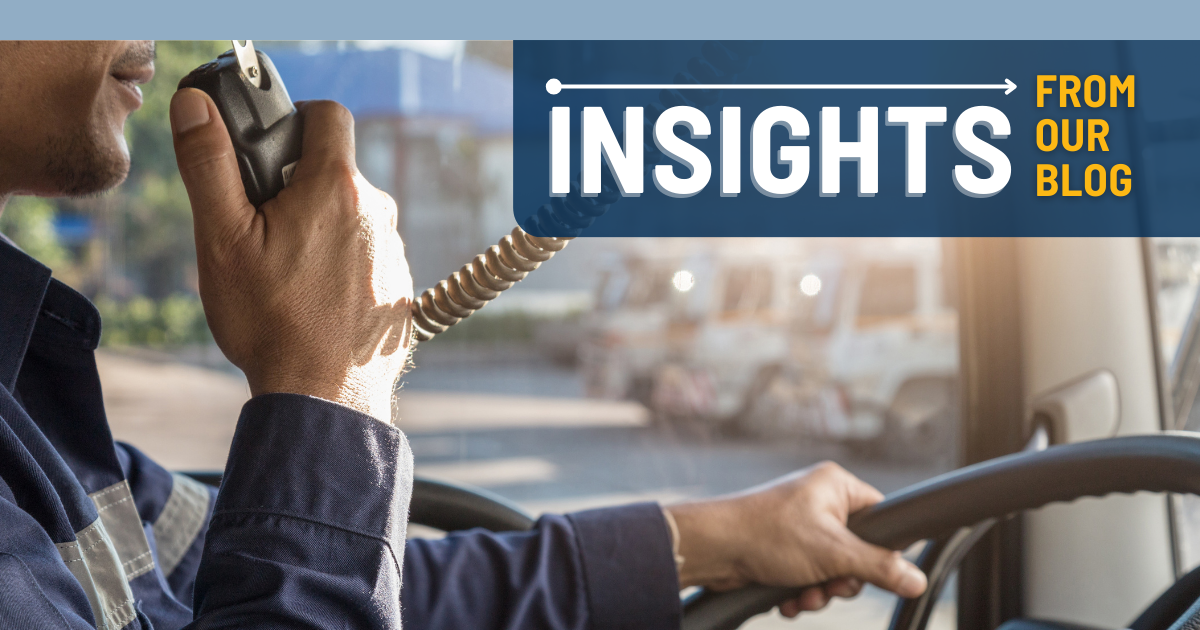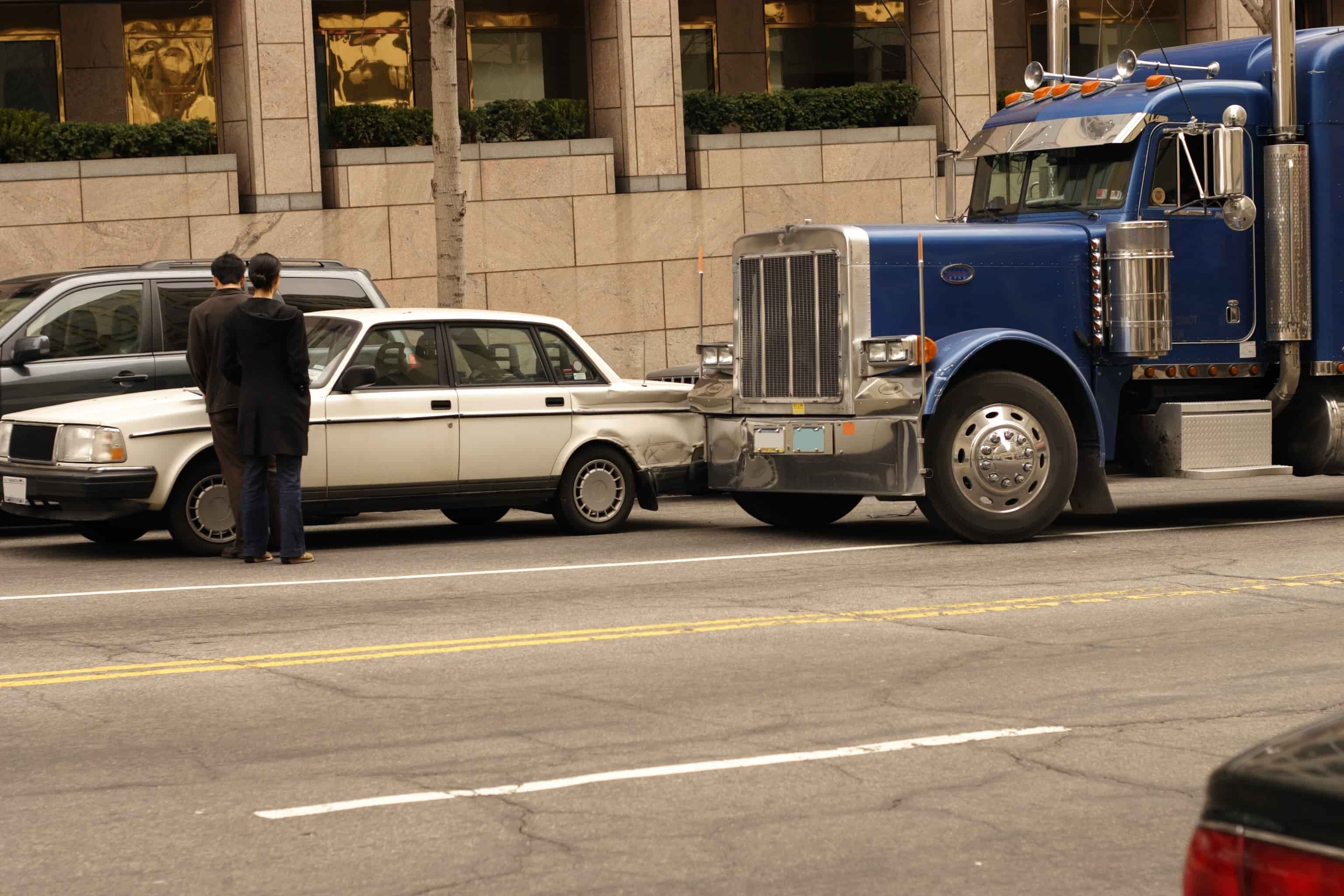Crash Prevention: Are You Proactive or Reactive?

When a vehicle crash occurs, the first questions a trucking company will likely ask are: What happened? Is everyone okay? Which party was at fault? Unfortunately, at this point, the motor carrier is already in a reactive state, trying to gather details and determine how severe the loss will be.
It is an unenviable position to be in, and, as the facts emerge, the motor carrier will turn its attention to determining if the crash was preventable and what, if anything, can be done to prevent it from happening again.
While post-crash investigations can be fruitful in helping identify loss exposures, motor carriers are cautioned not to rely solely on this practice. Focusing on who was at fault and if a crash could have been prevented are certainly important questions to answer, but motor carriers should be focused more on proactive measures to prevent losses before they occur.
In doing so, they not only avoid all of the consequences of a crash but also better position themselves to experience greater returns on their prevention efforts, such as increased productivity, improved employee morale, decreased turnover, and ultimately, a healthier bottom line.
One difference between a reactive and proactive approach is performance indicators. Lagging indicators, such as the driver’s speed, length of skid marks, and road conditions at the time of the crash, are factors that contributed to a specific crash. Investigators can use this data to determine if the driver did everything within reason to prevent the crash from occurring. In addition, post-crash corrective steps can be taken to prevent a reoccurrence; steps include additional training, governing truck speeds, and disciplinary actions.
Leading indicators can be found by adopting a proactive approach to loss prevention. This technique involves analyzing the company’s operations and looking for hazards that could potentially lead to a future loss. This data can then be used to find ways to either avoid those hazards or eliminate them.
For example, imagine a 10-unit motor carrier has exceeded the intervention threshold in the Unsafe Driving BASIC. On further review, the motor carrier discovers its drivers have received numerous high-severity violations in the past two years, including excessive speeding and texting while driving. Knowing these unsafe behaviors are common factors in vehicle crashes, the motor carrier can take corrective action to change the driver’s behavior, and perhaps make operational changes to stop such behavior, thereby minimizing the likelihood of a crash.
Another benefit of being proactive is loss mitigation. When a motor carrier’s driver is involved in a crash with a third party, it is common for the plaintiff’s attorney to attack the motor carrier with claims of negligent hiring or negligent retention.
By demonstrating its proactive measures, such as road-testing drivers, establishing hiring and retention standards, and enforcing safety policies, the motor carrier can better defend itself against such claims.
Call to Action
- Monitor SMS scores regularly to identify negative trends in the motor carrier’s BASIC measures.
- Develop written hiring and retention standards for drivers.
- Implement a near-miss reporting program that rewards drivers for communicating hazardous conditions to management.
8 QUESTIONS TO ASK YOUR TRUCK INSURANCE AGENTWant to learn more? Download our white paper, Insurance is an Investment: |
The information in this article is provided as a courtesy of Great West Casualty Company and is part of the Value-Driven® Company program. Value-Driven Company was created to help educate and inform insureds so they can make better decisions, build a culture that values safety, and manage risk more effectively. To see what additional resources Great West Casualty Company can provide for its insureds, please contact your safety representative, or click below to find an agent.
© Great West Casualty Company 2018. The material in this publication is the property of Great West Casualty Company unless otherwise noted and may not be reproduced without its written consent by any person other than a current insured of Great West Casualty Company for business purposes. Insured should attribute use as follows: “© Great West Casualty Company 2018. Used with permission by Great West Casualty Company.”
This material is intended to be a broad overview of the subject matter and is provided for informational purposes only. Great West Casualty Company does not provide legal advice to its insureds, nor does it advise insureds on employment-related issues. Therefore, the subject matter is not intended to serve as legal or employment advice for any issue(s) that may arise in the operations of its insureds. Legal advice should always be sought from the insured’s legal counsel. Great West Casualty Company shall have neither liability nor responsibility to any person or entity with respect to any loss, action, or inaction alleged to be caused directly or indirectly as a result of the information contained herein.





